Supporting organizations
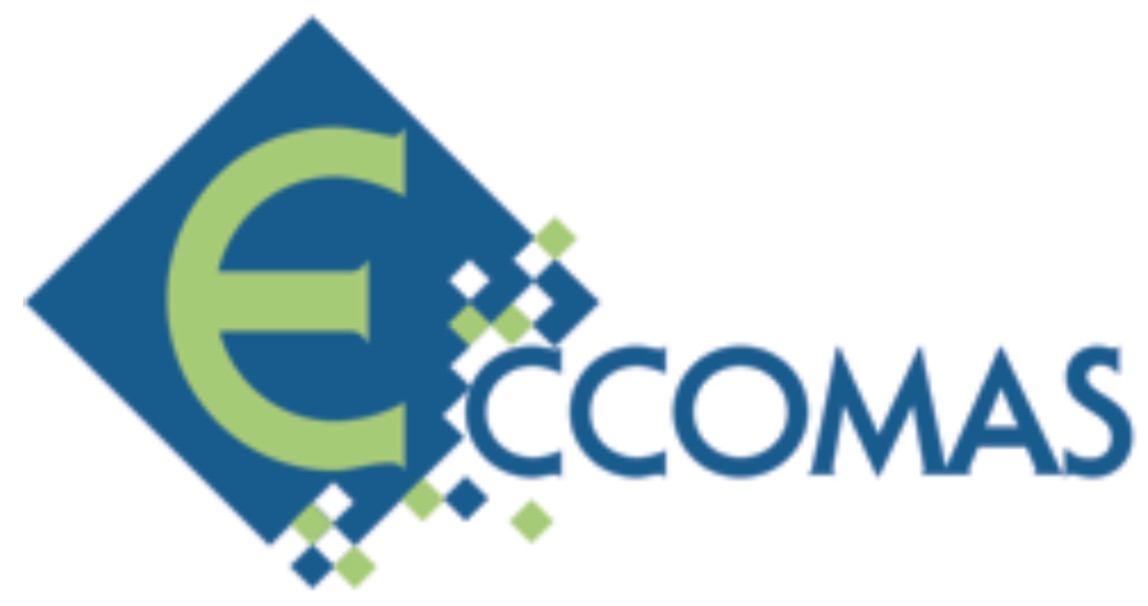 |
ECCOMAS
The European Community on Computational Methods in Applied Sciences (ECCOMAS) was founded in 1993. ECCOMAS is a scientific organization grouping together European associations with interests in the development and applications of computational methods in science and technology. In 2008 it could celebrate its 15th anniversary with the ECCOMAS Multidisciplinary Jubilee Symposium on New Computational Challenges in Materials, Structures and Fluids in Vienna. In the meantime 23 European national and regional associations became members in ECCOMAS, some of them representing several national organizations. The Mission of ECCOMAS is to promote joint efforts of European universities, research institutes and industries which are active in the broader field of numerical methods and computer simulation in Engineering and Applied Sciences and to address critical societal and technological problems with particular emphasis on multidisciplinary applications. ECCOMAS promotes joint efforts of European universities, research institutes and industries which are active in the broader field of Numerical Methods and Computer Simulations in Engineering and Applied Sciences (i.e. Computational: Solid and Structural Mechanics, Fluid Dynamics, Acoustics, Electromagnetics, Physics, Chemistry, Applied Mathematics, and Scientific Computing) hereinafter called "Fields of ECCOMAS". ECCOMAS activities can be summarized in the organization of large-scale European congresses; support of regional conferences; endorse thematic conferences and workshops; promote young investigator conferences or courses and encourage the organization of open industrial days within its fields. |
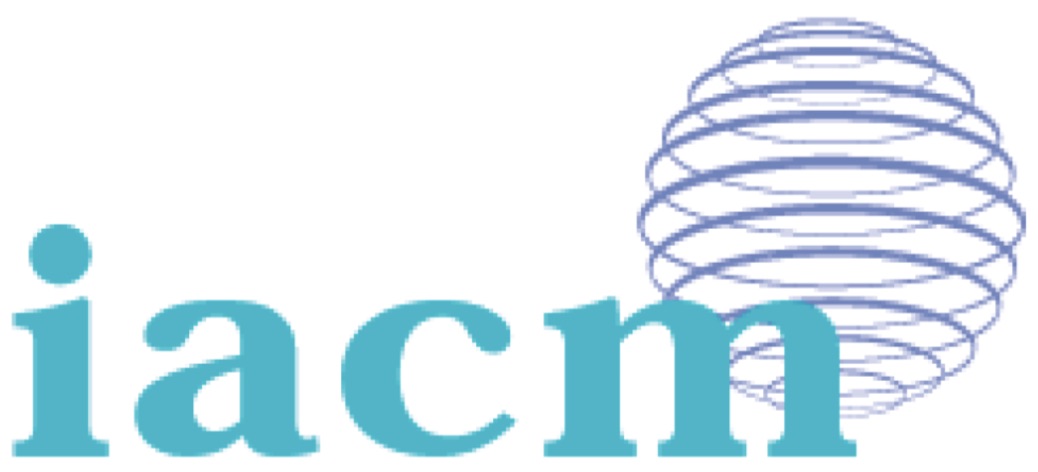 |
IACM
While Computational Solid Mechanics (CSM) and Computational Fluid Dynamics (CFD) are at the core of our activity, such subjects as Thermodynamics, Electro Magnetism, Rigid Body Mechanics, Control Systems and some aspects of Particle Physics fall naturally within the scope of the definition. Indeed the provision of a common forum for discussion, education and research information transfer between the diverse disciplines represented is the main "raison d'être" of IACM. |
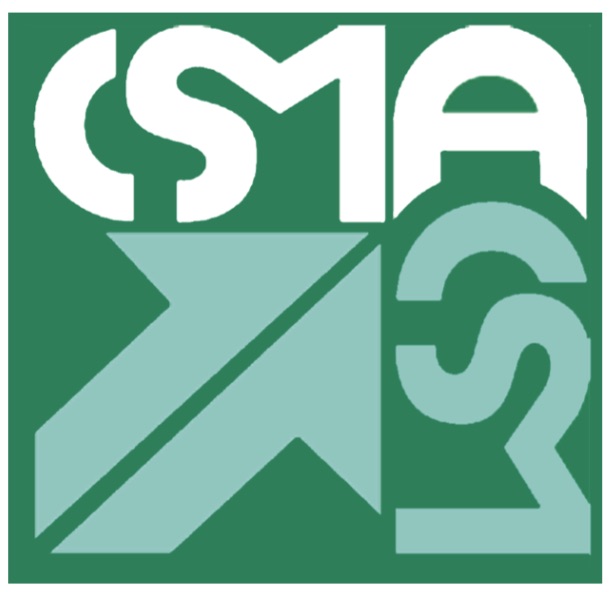 |
CSMA
Computational mechanics is a field of research and industrial applications in full development. Its purpose is to model and digitally simulate the behaviour of materials and structures in their environment. At the same time, the constant and very rapid changes in hardware and software allow complex structures with increasingly sophisticated behaviours to be taken into account. Gathered since 1987 within the framework of the GRECO-GIS "Computational mechanics and Artificial Intelligence", our scientific community has wished to pursue and develop the close links that exist in this field between industrial partners and academics at the French European level and by creating the CSMA Association in 1990. |
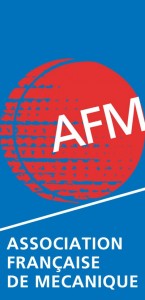 |
AFM
The Association Française de Mécanique (AFM), created in 1997 under the impetus of the Haut Comité Mécanique (HCM) and the Association Universitaire en Mécanique (AUM), with the decisive support of the Fédération des Industries Mécaniques (FIM), is a learned society representing mechanics in France as a whole.
The creation of the AFM was the result of the will of 17 thematic scientific associations, some of which decided to merge completely, and of many major industrialists in the field of mechanics; the AFM has therefore given itself the role of representing this "unique dynamic" which is the coming together of French mechanics. |
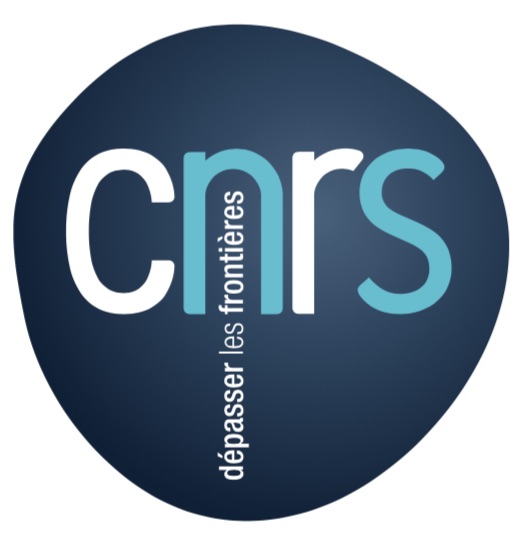 |
CNRS
The French National Centre for Scientific Research is among the world's leading research institutions. Its scientists explore the living world, matter, the Universe, and the functioning of human societies in order to meet the major challenges of today and tomorrow. Internationally recognised for the excellence of its scientific research, the CNRS is a reference in the world of research and development, as well as for the general public. |
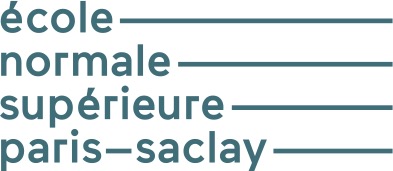 |
ENS Paris-Saclay
ENS Paris-Saclay delivers a scientific and cultural education of the highest standard, continuing the tradition of excellence of the écoles normales supérieures. What sets the School apart is that it brings together disciplines that no other higher education institution combines in quite the same way, or at the same level: the natural sciences, engineering, and the social sciences. In this unique environment, normalien students receive research-intensive training leading to master's and doctoral degrees in their chosen discipline, frequently coupled with an advanced teaching qualification. ENS Paris-Saclay is also a research centre with 14 laboratories covering all the disciplines taught at the School. It maintains partnerships with research organizations such as CNRS, INRIA and the CEA, as well as with other higher education and research institutions. In close collaboration with industry, the School conducts many high-level research programmes through research chairs and joint laboratories involving companies in the aeronautics, aerospace, energy, automotive, and IT sectors (Airbus, EDF, Atos, Hewlett-Packard, etc.).
|
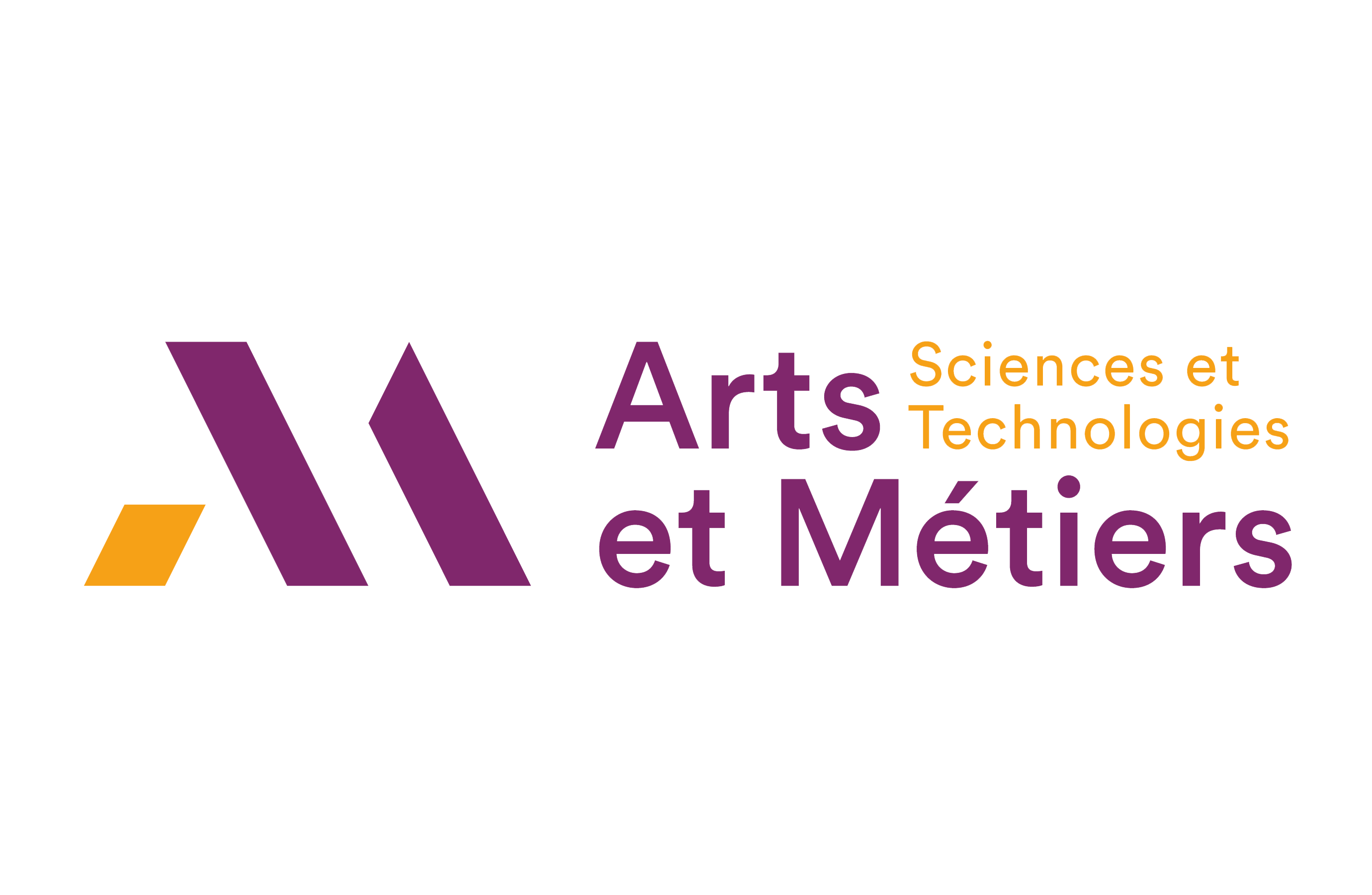 |
Arts et Métiers
A leading science & technology Grande École in France with an international reputation in education and research, Arts et Métiers is one of France’s oldest and best engineering schools specializing in mechanical, industrial and energy engineering. Arts et Métiers has more than 250 years of tradition in technical innovation and industrial engagement. We strive to educate Europe’s future engineers to face global challenges, particularly those linked to the industry of the future, with programs at the Bachelor, Master & PhD levels.
Arts et Métiers, founder member of the French Alliance for Industry of the Future, is a key player in accompanying French and European industry, through its high level academic programs and its cutting edge research activities in the major fields of Industry 4.0, mainly corobotics, advanced manufacturing systems, production systems, virtual & augmented reality.
|
 |
CentraleSupélec
CentraleSupélec is a public institution under ministerial charter, devoted to the sciences and engineering. This charter is shared between the Ministry of Higher Education, Research and Innovation, and the Ministry of Economy, Industry and Digital Technologies. CentraleSupélec was officially established on January 1st, 2015, bringing together two leading engineering schools in France; Ecole Centrale Paris and Supélec. The co-operation between our two grandes écoles, as they are known in the French system, had progressively been gaining momentum since 2009, with sustained alliance in three core areas: engineering education, executive education and research.
|
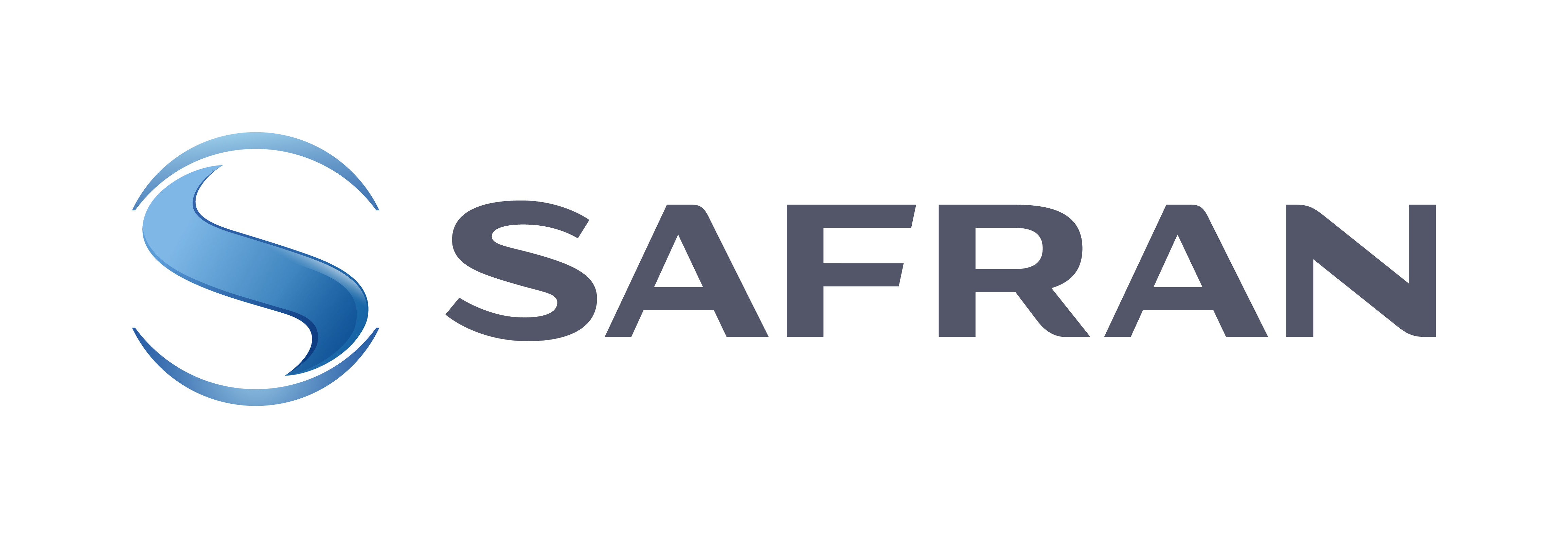 |
Safran
Safran is an international high-technology group, operating in the aviation (propulsion, equipment and interiors), defense and space markets. Its core purpose is to contribute to a safer, more sustainable world, where air transport is more environmentally friendly, comfortable and accessible. Safran has a global presence, with 83 000 employees and sales of 19.0 billion euros in 2022, and holds, alone or in partnership, world or regional leadership positions in its core markets. Safran undertakes research and development programs to maintain the environmental priorities of its R&T and innovation roadmap.
|
 |
ESI Group
Founded in 1973, ESI Group envisions a world where Industry commits to bold outcomes, addressing high-stakes concerns - environmental impact, safety & comfort for consumers and workers, and adaptable and sustainable business models. ESI provides reliable and customized solutions anchored on predictive physics modeling and virtual prototyping expertise to allow industries to make the right decisions at the right time while managing their complexity. Acting principally in automotive & land transportation, aerospace, defense & naval and heavy industry, ESI is present in more than 18 countries, employs about 1,000 people around the world, and reported 2022 sales of €130 million. ESI is headquartered in France and is listed in compartment B of Euronext Paris.
|
 |
Institut DATAIA
The DATAIA Paris-Saclay Institute is the Artificial Intelligence Institute of Université Paris-Saclay. Selected by the "Convergence Institutes" call for projects launched by the French National Research Agency (ANR) in 2017, the DATAIA Institute has brought together the AI expertise of the Paris-Saclay ecosystem in order to strengthen the interdisciplinary collaboration of institutions in data science and AI. As of January 1, 2021, the Institute is repositioning itself and refocusing its activities on the Université Paris-Saclay's pole of excellence by becoming the leader of the University's strategy in artificial intelligence, research and training. France’s leading ecosystem in artificial intelligence, DATAIA's objective is to unite and structure multidisciplinary expertise to develop cutting-edge research in data science in conjunction with other disciplines, such as Social Sciences. It now mobilizes more than 1,200 researchers and teacher-researchers from forty-two laboratories within the perimeter of Université Paris-Saclay.
|
 |
Graduate School SIS
The Graduate School offers an extensive range of Master's programs that cover all the professional needs in Engineering and Systems. It holds an excellent student success rate and leads to impressive professional integration thanks to course structures relevant to the needs of modern industry and high-quality pedagogical supervision. The Graduate School benefits from an exceptional network of partner companies and laboratories involved in teaching, projects, and internships.
|
|


